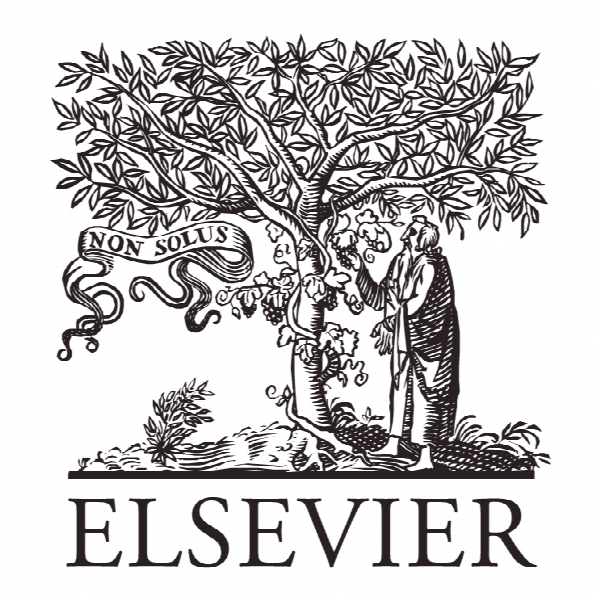تکنیک های تصویربرداری تکامل یافته برای نمایش گره های لنفاوی بنیادی زیر بغل در سرطان سینه Evolving imaging techniques for staging axillary lymph nodes in breast cancer
- نوع فایل : کتاب
- زبان : انگلیسی
- ناشر : Elsevier
- چاپ و سال / کشور: 2018
توضیحات
رشته های مرتبط پزشکی
گرایش های مرتبط رادیولوژی، آنکولوژِی
مجله رادیولوژی بالینی – Clinical Radiology
دانشگاه Breast Screening and Assessment Unit – Queen Elizabeth Hospital – Gateshead – UK
منتشر شده در نشریه الزویر
گرایش های مرتبط رادیولوژی، آنکولوژِی
مجله رادیولوژی بالینی – Clinical Radiology
دانشگاه Breast Screening and Assessment Unit – Queen Elizabeth Hospital – Gateshead – UK
منتشر شده در نشریه الزویر
Description
Introduction The presence and extent of axillary nodal metastases at the time of breast cancer diagnosis is a critical factor in disease prognosis and plays a central role in deciding the best treatment for the patient.1 Accurate assessment of the axilla is therefore an essential component in staging breast cancer. Historically, the axilla was staged surgically by axillary lymph node dissection (ALND), a radical procedure whereby all axillary nodes are excised, allowing each node to be individually assessed by the pathologist for evidence of metastases. Although effective at assessing axillary disease burden, it can be associated with significant longterm morbidity, including ipsilateral arm lymphoedema and paraesthesia, in addition to shorter-term postoperative complications such as wound infections and seromas.2 As well as living with these complications, for the many women that are subsequently found not to have metastatic nodes, this procedure would arguably have been unnecessary. Routine staging by ALND has since been superseded by surgical sentinel lymph node (SLN) excision biopsy (SLNB), which is a much smaller operation and aims to excise only the sentinel axillary node. Because the SLN is, by definition, the first node in the lymphatic chain draining the breast, it is the first node in which breast cancer metastases should be detectable. Prior to the surgical procedure, a radiotracer (technetium-99m sulphur colloid) and blue dye are injected subdermally into the periareolar upper outer quadrant region,3 whereupon they enter the lymphatics and drain into the SLN. The surgeon identifies the position of the SLN first using a handheld gamma camera to detect radioactivity prior to making an incision, and then using a combination of the gamma camera and visual inspection of the stained blue node(s) once the incision is made (Fig 1).


